Insects and Spiders Pets Guide for Beginners
Updated on 04/26/24
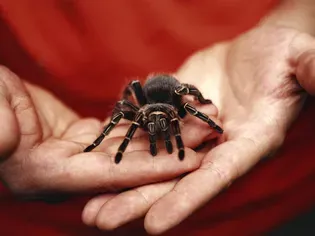
Unlock the Fascinating World of Insects and Spiders as Pets: The Beginner's Ultimate Guide
Embark on an extraordinary adventure into the captivating realm of insects and spiders as pets! Whether you're an experienced animal enthusiast or a nature-loving novice, this comprehensive guide will equip you with the essential knowledge and practical tips to embark on this thrilling journey. From choosing the perfect species to providing optimal care, we'll delve into everything you need to know to ensure your little critters thrive.
Part I: Choosing Your Insect or Spider Companion
Selecting the right insect or spider for your lifestyle and preferences is crucial. Consider these factors to make an informed decision:
- Activity Level: Some insects, such as stick bugs and praying mantises, are relatively inactive and prefer to observe their surroundings. Others, like ants and crickets, are highly energetic and require more stimulation.
- Size and Housing: Spider and insect sizes vary greatly. Research the adult size of your desired pet and ensure you have an appropriately sized enclosure.
- Feeding Habits: Different species have different dietary requirements. Some, like mealworms, are omnivorous and eat plant matter and insects. Others, like tarantulas, are carnivorous and require live insects.
Part II: Essential Care for Your Insect or Spider
Once you've chosen your new pet, it's time to provide them with the optimal environment to flourish:
- Enclosure: Choose an enclosure that meets the specific needs of your pet, providing sufficient space, ventilation, and hiding places.
- Temperature and Humidity Control: Many insects and spiders require specific temperature and humidity levels to thrive. Use a thermometer and hygrometer to monitor these levels and adjust accordingly.
- Feeding and Watering: Establish a regular feeding schedule based on your pet's specific diet. Provide fresh water daily for species that require hydration.
Part III: Handling and Socialization
While some insects and spiders prefer minimal interaction, others can become accustomed to gentle handling. Follow these guidelines for safe and rewarding interactions:
- Approach Calmly: Avoid sudden movements or loud noises that can startle your pet.
- Use Gentle Hands: Handle your pet with care, supporting their body weight evenly.
- Respect Their Boundaries: Never force an insect or spider to interact if they show signs of discomfort or fear.
Part IV: Common Insect and Spider Species for Beginners
Let's explore some of the most popular and suitable insect and spider species for beginners:
- Stick Bugs: These long, slender insects are fascinating to observe and require minimal care.
- Praying Mantises: Known for their predatory instincts, praying mantises are fascinating creatures to keep in terrariums.
- Mealworms: As omnivorous feeders, mealworms are easy to care for and make a great food source for other insects.
- Jumping Spiders: Active and curious, jumping spiders are known for their impressive jumping abilities and are great for beginners.
- Tarantulas: While some species of tarantulas can be intimidating, they are generally docile and make intriguing pets for those willing to commit to their long lifespan.
Part V: Troubleshooting Common Issues
Even with the best care, issues can arise. Here are some common problems and solutions:
- Escapes: Ensure your pet's enclosure is secure and check regularly for any potential escape routes.
- Illness: Monitor your pet's behavior and appearance for any signs of illness. Consult a veterinarian if necessary.
- Mites: Mites are tiny parasites that can infest insects and spiders. Regularly check your pet for mites and treat them appropriately.
Conclusion
Venturing into the fascinating world of insects and spiders as pets can be a truly rewarding experience. By following the guidelines outlined in this comprehensive guide, you can provide your tiny companion with an optimal environment to thrive. Whether you're a seasoned animal enthusiast or a curious nature lover, this journey into the hidden realm of insects and spiders is sure to captivate and inspire. Embrace the adventure and unlock the wonders that await you!
Explore More Pets

Exotic Pet Species
Should You Keep a Chimpanzee as a Pet?

Exotic Pet Species
Should You Keep a Raccoon as a Pet?
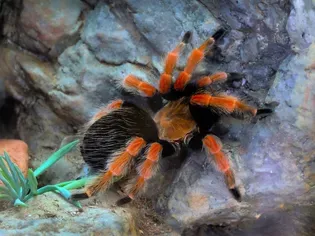
Exotic Pet Species
How to Care for a Pet Mexican Red-Knee Tarantula
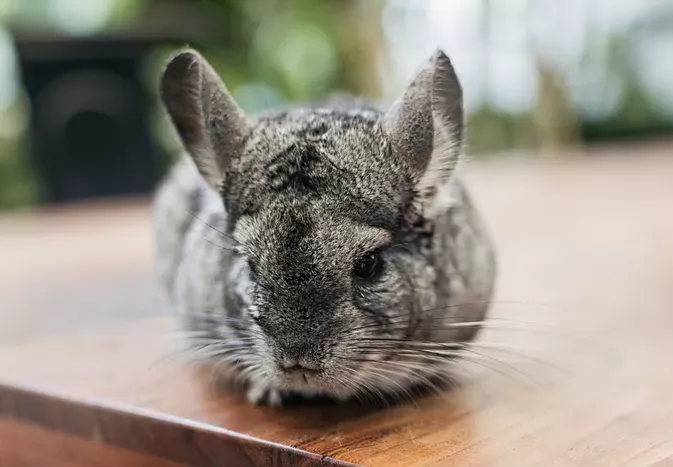
Exotic Pet Species
12 Best Exotic Pets for Apartment Living
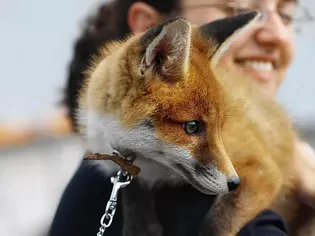
Exotic Pet Species
Best Foxes to Keep as Pets
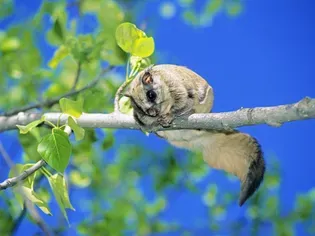
Exotic Pet Species
Should You Keep a Northern Flying Squirrel as a Pet?
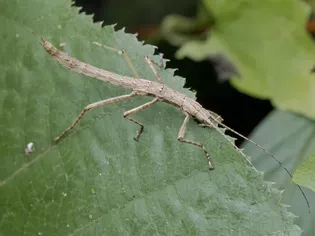
Exotic Pet Species
Should You Keep Stick Insect as a Pet?

Exotic Pet Species
Should You Keep a Big Cat as a Pet?